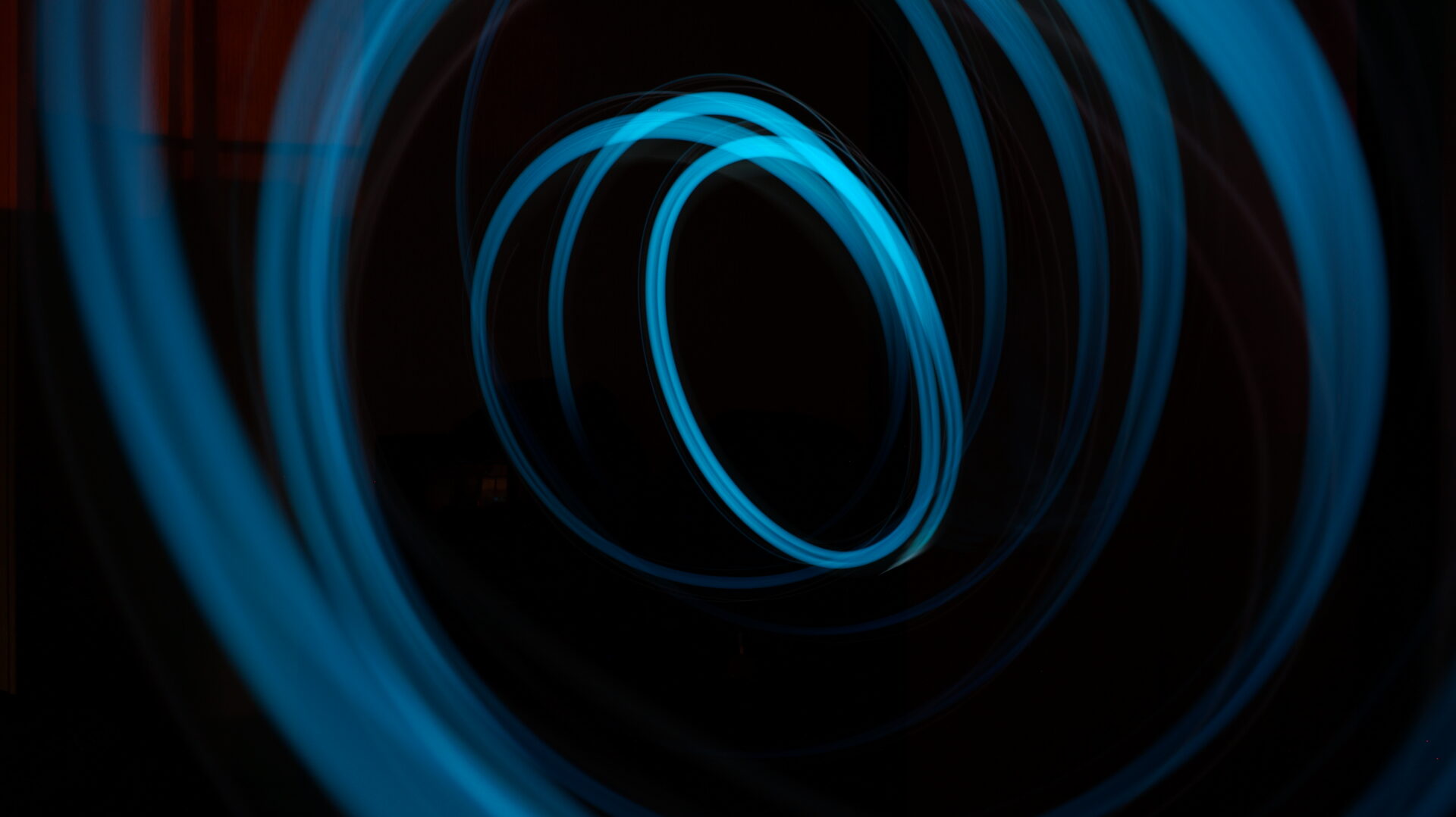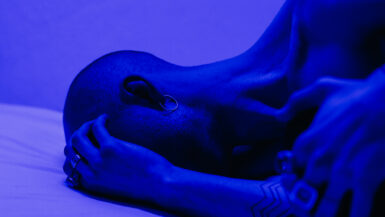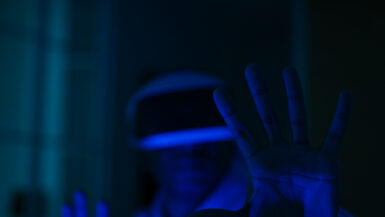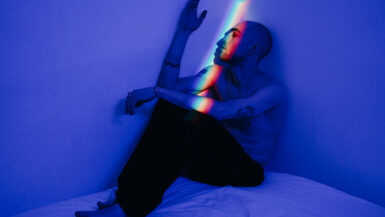In today’s fast-paced, technology-driven world, exposure to blue light has become an inevitable part of our daily lives. This article delves into the critical topic of the impact of blue light on sleep and driving safety. We will explore the science behind blue light and its effects on our circadian rhythm, sleep quality, and overall productivity. Furthermore, we shall discuss the potential consequences of blue light exposure on driving safety and provide practical tips to mitigate these effects. Join us as we uncover the hidden aspects of blue light and its implications on our well-being and daily performance.
The Benefits of Blue Light Blocking Glasses and Apps
While blue light exposure is an unavoidable aspect of modern life, it doesn’t mean that we are left defenseless against its potential impacts on our sleep and driving safety. Blue light blocking glasses and apps have emerged as practical and effective solutions to counter the effects of blue light exposure. In this section, we shall discuss how these innovative tools can help us maintain good sleep hygiene, improve productivity, and stay safer on the roads.
Enhancing Sleep Quality with Blue Light Blocking Glasses
Blue light blocking glasses, also known as blue light filtering glasses, are designed to reduce the amount of blue light reaching our eyes. They are particularly useful during the evening hours when blue light exposure can disrupt our natural sleep cycle. By reducing the blue light reaching our retinas, these glasses help our bodies produce melatonin – the sleep hormone – more effectively. Consequently, users of blue light blocking glasses often experience improved sleep quality and a more consistent sleep schedule. For more information on the topic, check out our article on Blue Light and Sleep: What Parents Need to Know.
Boosting Productivity with Blue Light Filtering Apps
Just like blue light blocking glasses, blue light filtering apps can play a significant role in improving productivity. These apps work by adjusting the color temperature of our screens, reducing the amount of blue light emitted by our devices. By doing so, these apps help minimize eye strain and mental fatigue caused by prolonged screen exposure. As a result, users often experience increased focus and improved overall productivity, especially during long work or study sessions.
Improving Driving Safety through Reduced Blue Light Exposure
As previously mentioned, blue light exposure can have an impact on sleep and driving safety. By using blue light blocking glasses or apps, we can ensure that our bodies maintain a healthy circadian rhythm, which in turn leads to better sleep quality. Well-rested individuals are more alert and focused, ultimately resulting in safer driving habits. Furthermore, blue light filtering apps can help reduce eye strain and mental fatigue caused by the glare from vehicle headlights or dashboard screens, further enhancing driving safety.
In summary, blue light blocking glasses and apps offer an effective and practical solution to counter the effects of blue light exposure on sleep and driving safety. By incorporating these tools into our daily routines, we can improve our sleep quality, boost productivity, and stay safer on the roads.
Tips for Minimizing Blue Light Exposure Before Bedtime
As we have established, excessive exposure to blue light can have adverse effects on our sleep quality and driving safety. Therefore, it is essential to adopt strategies that minimize blue light exposure, particularly before bedtime. In this section, we will provide practical tips on how to reduce blue light exposure in the evening and create a conducive environment for a restful night’s sleep.
Create a Screen-Free Bedroom Environment
One of the most effective ways to minimize blue light exposure before bedtime is to create a screen-free bedroom environment. This means keeping televisions, computers, tablets, and smartphones out of the bedroom. By doing so, you not only reduce your exposure to blue light but also create a mental association between your bedroom and sleep, which can help improve your overall sleep quality.
Establish a Consistent Evening Routine
Developing a consistent evening routine can help signal to your body that it’s time to wind down and prepare for sleep. This routine may include activities such as dimming the lights, taking a warm bath, reading a physical book, or practicing relaxation techniques like deep breathing or meditation. By engaging in these activities, you reduce your reliance on electronic devices and, in turn, minimize your exposure to blue light.
Utilize Blue Light Blocking Tools
As previously discussed, blue light blocking glasses and apps can be useful tools in reducing blue light exposure. Consider wearing blue light blocking glasses during the evening hours and installing blue light filtering apps on your electronic devices. These tools can help reduce the amount of blue light reaching your eyes, making it easier for your body to produce melatonin and prepare for sleep.
Adjust Screen Brightness and Color Temperature
Another simple yet effective strategy to minimize blue light exposure is to adjust the brightness and color temperature settings on your devices. Many smartphones and computers have built-in settings that allow you to decrease screen brightness or enable a “night mode” feature that reduces the amount of blue light emitted by the screen. By making these adjustments, you can help protect your eyes and support your body’s natural sleep-wake cycle.
Implementing these practical tips can play a significant role in minimizing blue light exposure before bedtime, improving sleep quality, and promoting driving safety. Remember that consistency is key, so make a conscious effort to incorporate these habits into your daily routine for the best results.
How Blue Light Affects Productivity in the Workplace
While it’s evident that blue light exposure can impact sleep and driving safety, it’s also important to consider how it may affect productivity in the workplace. In this section, we will delve into the relationship between blue light exposure and work performance, focusing on aspects such as attention, focus, alertness, and cognitive function. Furthermore, we will also explore the potential benefits of blue light exposure during daytime hours and provide some practical tips to optimize your work environment.
The Double-edged Sword: Blue Light and Cognitive Performance
Blue light exposure can have both positive and negative effects on cognitive performance, depending on the time of day and the duration of exposure. On one hand, blue light exposure during daytime hours can boost alertness, reaction time, and mood, which in turn can enhance work productivity. However, excessive exposure to blue light, particularly in the evening, can disrupt our circadian rhythm, leading to poor sleep quality and reduced cognitive function the following day. For a deeper understanding of how blue light can influence our sleep patterns, check out our article on How Blue Light Affects REM Sleep and Dreaming.
Optimizing Your Work Environment for Enhanced Productivity
To strike a balance between the positive and negative effects of blue light exposure in the workplace, it’s essential to optimize your work environment. Here are some practical tips to consider:
- Utilize Natural Light: Whenever possible, make the most of natural daylight by positioning your workstation near a window. Natural light not only provides a balanced spectrum of light wavelengths but also helps regulate our circadian rhythm, ultimately promoting better sleep and daytime productivity.
- Adjust Ambient Lighting: Ensure that your workspace has adequate lighting, with an emphasis on reducing glare and harsh overhead lights. This can help minimize eye strain and mental fatigue, allowing you to maintain focus and productivity throughout the day.
- Take Regular Breaks: To minimize the potential negative effects of prolonged blue light exposure, take regular breaks away from your screen. This can include short walks, stretching, or simply looking at a distant object to give your eyes a break from focusing on a screen.
- Use Blue Light Filtering Tools: As mentioned earlier, blue light filtering apps and glasses can be useful in managing blue light exposure. Consider using these tools, particularly during extended periods of screen time or when working late into the evening.
By adopting these strategies, you can effectively manage blue light exposure in the workplace, ensuring that you experience the benefits of increased alertness and focus while mitigating the potential negative effects on sleep and cognitive function. Ultimately, creating a well-balanced work environment can lead to better productivity, improved well-being, and enhanced work-life balance.
Understanding the Science Behind Blue Light and Sleep
In order to grasp the impact of blue light on sleep and driving safety, it is crucial to comprehend the science behind blue light and its interaction with our sleep-wake cycle. In this section, we will delve into the properties of blue light, its effects on our circadian rhythm, and the connection between blue light exposure and melatonin production. Equipped with this knowledge, we can better understand how blue light affects our sleep quality and, consequently, our driving safety.
Blue Light: Properties and Sources
Blue light is a part of the visible light spectrum, with a wavelength of approximately 380-500 nanometers. It is characterized by its high energy levels and short wavelengths, which enable it to penetrate more deeply into our eyes than other colors in the spectrum. Blue light is emitted by various sources, including the sun, fluorescent lights, and LED screens such as televisions, computers, smartphones, and tablets. As our reliance on electronic devices continues to grow, so does our exposure to blue light, making it essential to understand its effects on our sleep and overall well-being.
The Circadian Rhythm: Our Internal Sleep-Wake Clock
Circadian rhythm refers to the internal 24-hour cycle that regulates various physiological processes in our body, including sleep and wakefulness. This rhythm is controlled by a cluster of cells in the hypothalamus called the suprachiasmatic nucleus (SCN). The SCN is sensitive to light and uses it as a cue to synchronize our circadian rhythm with the external environment. Blue light, in particular, plays a significant role in this process due to its ability to suppress the production of melatonin, a hormone responsible for promoting sleep.
Blue Light’s Impact on Melatonin Production and Sleep Quality
Exposure to blue light, especially in the evening, can disrupt our natural sleep-wake cycle by suppressing melatonin production. When blue light enters our eyes, it is detected by specialized cells in the retina called intrinsically photosensitive retinal ganglion cells (ipRGCs). These cells send signals to the SCN, which, in turn, inhibits the release of melatonin. As a result, our bodies remain in a state of alertness, making it difficult to fall asleep and impacting overall sleep quality.
Connecting the Dots: Blue Light’s Effects on Sleep and Driving Safety
Now that we understand the science behind blue light and its impact on sleep, it becomes clear how this can affect driving safety. Poor sleep quality, resulting from excessive blue light exposure, can lead to daytime drowsiness, reduced alertness, and slower reaction times. These factors can significantly increase the risk of accidents and compromised driving safety. Therefore, it is essential to manage our blue light exposure and maintain a healthy sleep-wake cycle to ensure that we remain attentive and safe on the road.
Armed with this knowledge, we can take proactive measures to reduce our exposure to blue light, particularly in the evening, and prioritize good sleep hygiene. By doing so, we can not only enhance our sleep quality but also promote safer driving habits and overall well-being.
The Role of Blue Light in Driving Safety and Alertness
In order to comprehend the impact of blue light on driving safety, it is essential to delve into its effects on alertness and cognitive function. In this section, we will explore how blue light exposure influences our ability to stay attentive and focused while driving, and discuss strategies to mitigate its potential negative consequences on driving safety.
The Dual Nature of Blue Light: Impaired Sleep and Enhanced Alertness
While excessive exposure to blue light in the evening can disrupt our circadian rhythm and impair sleep quality, it is worth noting that blue light can also have positive effects on alertness, particularly during daytime hours. Exposure to blue light during the day can boost our mood, reaction time, and cognitive performance, which can enhance our ability to stay focused and alert while driving. However, striking a balance between the positive and negative aspects of blue light exposure is crucial to ensure optimal driving safety.
Blue Light Exposure and Drowsy Driving: A Dangerous Combination
Poor sleep quality, resulting from excessive blue light exposure, can lead to daytime drowsiness and fatigue. Drowsy driving poses a significant risk on the road, as it impairs our ability to react quickly to potential hazards and reduces our overall attentiveness. In fact, research has shown that the effects of drowsy driving can be comparable to those of driving under the influence of alcohol. Therefore, managing blue light exposure and prioritizing sufficient sleep is critical to maintaining alertness and minimizing the risks associated with drowsy driving.
Practical Tips to Minimize Blue Light’s Impact on Driving Safety
Understanding the role of blue light in driving safety and alertness allows us to implement practical strategies to reduce its potential negative consequences. Here are some useful tips to consider:
- Control Evening Blue Light Exposure: Limit your exposure to blue light-emitting devices during the evening hours and establish a consistent bedtime routine. This will help promote better sleep quality, ensuring that you are well-rested and alert for your next drive.
- Take Advantage of Daytime Blue Light Exposure: Utilize natural daylight to boost your alertness during daytime hours. Ensure you take breaks outside during the day, particularly if you work in an environment with limited natural light.
- Recognize the Signs of Drowsy Driving: Be aware of the warning signs of drowsy driving, such as frequent yawning, heavy eyelids, and difficulty maintaining focus. If you experience any of these symptoms, pull over to a safe location and take a short nap or rest break before resuming your drive.
- Consider Blue Light Blocking Tools: Utilize blue light blocking glasses or apps to help manage your exposure to blue light, particularly during extended periods of screen time or while driving at night.
By adopting these strategies, you can effectively reduce the impact of blue light on your driving safety and alertness. Maintaining a healthy balance between blue light exposure and sleep is key to ensuring that you remain focused and attentive on the road, ultimately promoting safer driving habits for yourself and others on the road.





Leave a reply